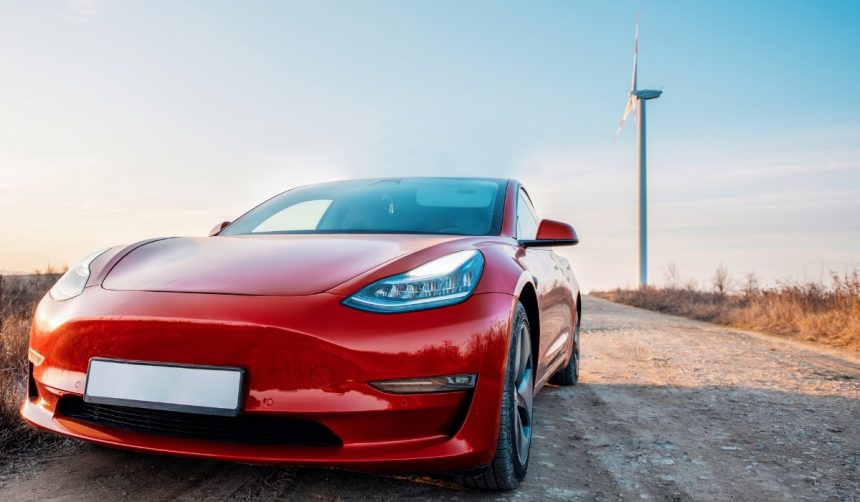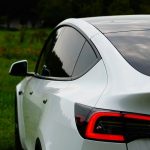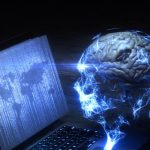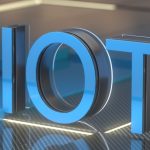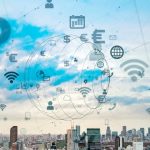In recent weeks, Tesla’s Full Self-Driving (FSD) system and its Robotaxi network have gained significant attention within the electric vehicle community. As more riders experience autonomous rides in cities like Austin and the Bay Area, comparisons between automated and human-driven rides are intensifying. New anecdotes and data highlight improved ride quality, affordability, and safety perceived by Robotaxi users. Observers have begun to question the reliability of human drivers, noting recurring shortcomings in ride comfort and consistency. Overall, expectations are mounting for autonomous vehicles to address existing gaps in road safety and ride experience.
Reports from earlier this year documented incremental advancements in Tesla’s autonomy features, but skepticism remained prevalent concerning the system’s consistency under diverse conditions. Many users highlighted transition issues from urban to highway environments and occasional disengagements. However, feedback from the latest deployments appears more positive, with users now expressing higher confidence in FSD V14’s capabilities, especially with respect to smoother acceleration and braking patterns when compared to ridesharing alternatives. Observations suggest a shift in public perception as comparative costs and ride reliability become more evident.
How Are Robotaxi Rides Shaping Rider Expectations?
Tesla’s Robotaxi service, currently piloting in limited U.S. cities, has generated notable reactions from riders who previously relied on Uber and similar platforms. Passengers have commented on both the cost-effectiveness and improved comfort of Tesla’s autonomous rides, drawing attention to the affordability gap with traditional ridesharing options. One customer remarked,
“Robotaxi is so much better than Uber… Robotaxi is smooth, clean, and I have a screen that syncs with my Tesla app. So much nicer.”
This sentiment echoes broader trends, where users compare pricing—sometimes finding human-driven options surprisingly expensive for short trips.
Can FSD’s Performance Bridge the Safety Gap Left by Human Drivers?
Incidents such as a Bay Area Robotaxi safety monitor dozing off while the vehicle maintained safe operation have underscored the potential benefits of autonomy. In many situations, a momentary lapse in driver attention could have catastrophic outcomes, but cases described in recent posts instead spotlight the self-driving system’s continuous vigilance. Tesla users have highlighted unanticipated strengths, including advanced maneuvering and stress reduction during rides, with one member of the community noting,
“Awesome late night FSD experience for me the other night. I removed destination and it just kept driving up the highway… I was just enjoying the ride.”
Could Autonomy Make US Roads Safer?
With national data reporting nearly 41,000 traffic fatalities in the United States during 2023, industry advocates point to FSD’s potential in reducing preventable incidents attributed to drowsy, distracted, or impaired drivers. The National Highway Traffic Safety Administration (NHTSA) previously attributed thousands of injuries and hundreds of deaths annually to drowsy driving alone. Tesla’s ongoing emphasis on driver assistance and autonomous features is drawing interest from both regulators and consumers who see automated transport as a possible solution to persistent public safety concerns.
Availability of Tesla’s Robotaxi network remains limited, so broad conclusions on public transport impact are premature. Real-world experiences nonetheless indicate increasing acceptance of FSD as it demonstrates effective navigation and reliable control over varying routes. For individuals considering mobility options, cost efficiency and the absence of human error stand out as key advantages. Observers await wider rollout and regulatory decisions, which will clarify whether such systems can make substantial reductions in national accident rates and injuries. Thorough evaluation of usage data, safety metrics, and rider feedback will continue informing stakeholders as the space develops.

